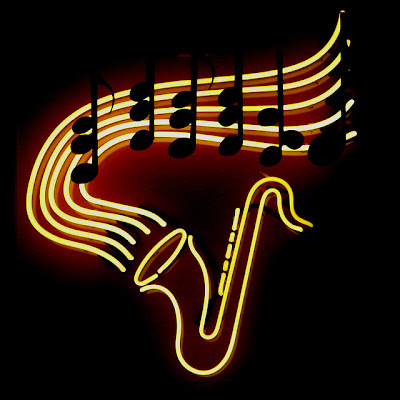Neon light works on the same principles as that of fluorescent lights. But instead of mercury and fluorescent phosphor coated tube, neon lights uses a wide range of special gases and the tube used is clear with no coating.
 |
| Photo By Akahodag |
Some of the gases used in neon lights are neon for red, argon for violet, carbon dioxide etc. Neon lights comes in whites ranging from blue white at 8300 K to yellow white at 2400 K along with a variety of blues, greens, golds, reds and violets. Different colours are produced by varying the proportions of elements in the mixture like, gases, mercury vapour and fluorescent phosphors.
Tips for Photographing under Neon Light
Photographers shooting Neon are actually seeking colour to enhance their scene. So no colour correction is actually necessary and a daylight white balance setting will do perfectly fine. But if you wish to further enhance the colours try experimenting with other white balance settings, for e.g. a tungsten balance will make the sky appear more bluish. And fluorescent white balance would make the sky go more magenta. Experiment with different settings and choose the one that best matches your scene.
The best time to shoot Neon lights is during twilight. If it’s after a recent rain it makes things even better as you will have reflection of the light on the wet surfaces.
A tripod and remote release would make your life a lot easier.
 |
| Photo By Curtis Gregory Perry |
Creative Ideas to Photograph Neon Lights
- Use a zoom lens and try zooming during exposure.
- Experiment with double exposure to get perfectly exposed sections.
- Use selective focus and intentionally defocus during exposure to create halos or blur.
- Try shooting HDR
In the next article we will discuss about Photography - Types of Light - Available Light - Gig Photography
Related Reading
- Fluorescent Light
- Street Light
- Incandescent Light
- Candles Oil Lamps and Flames
- Effect of Location on Light